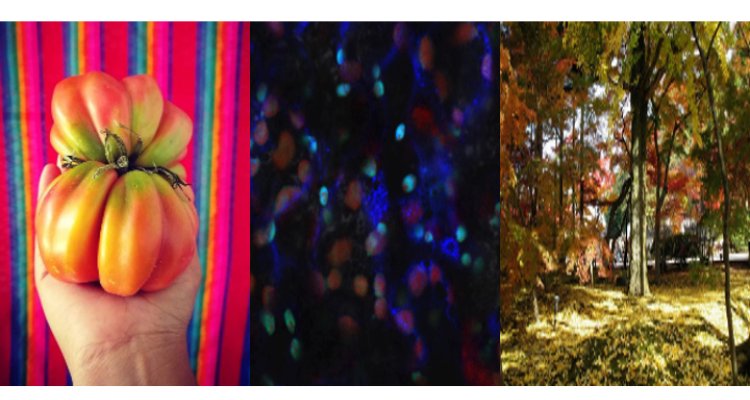
Toledo-Ortiz Group - Plant photoreceptors in the regulation of chloroplastic metabolism
Light photoreceptors, including the Red/Far-Red light and temperature sensing phytochromes (phys) and the blue-light sensing cryptochromes (crys), are master integrators of environmental signals, with an indispensable role in chloroplast development, photosynthetic metabolism and growth.
As population increases, one promising approach to boosting agricultural productivity is using photobiological approaches to improve photosynthetic efficiency and chloroplast metabolism. However, our current understanding of the role of photoreceptors in tuning chloroplast functions, including cellular energy production in a changing environment, remains limited. Research in my lab focuses on dissecting novel mechanistic insights on the photosensory signaling that delivers environmental information for tuning essential chloroplastic pathways, including photosynthesis and the chloroplastic isoprenoid biosynthesis (MEP pathway). By addressing how multi–organellar energy production systems emerged and how they achieve homeostasis, enabling new avenues for plants with enhanced stress resilience, we aim to uncover mechanisms that are critical for life.
We use the model plant Arabidopsis thaliana and tomato together with our expertise in molecular genetics, photo-physiology, biochemistry, cell biology, chloroplast biology and bioinformatics, to go beyond our current understanding of phy/crys function as regulators of transcriptional cascades and address post-transcriptional inter-organellar communication channels, based on RNA binding proteins, to convey light cues for photosynthetic optimization.
My lab also interconnects fundamental and applied photobiology with multidisciplinary studies including natural-social science multinational partnerships, participative science and partnerships with industry and other stakeholders including farmers, traditional cooks, chefs and the public, to address global agricultural challenges related to sustainable agricultural production, nutrition and climate change. Using tomato as a model system we are developing, new tools and strategies to unravel photosensory mechanisms of crop resilience to climate change based on ancestral tomato agrodiversity and indigenous agricultural knowledge, concurrently preserving biological resources of immense cultural value and of critical importance for global agriculture (https://www.tomatoes4tomorrow.com).